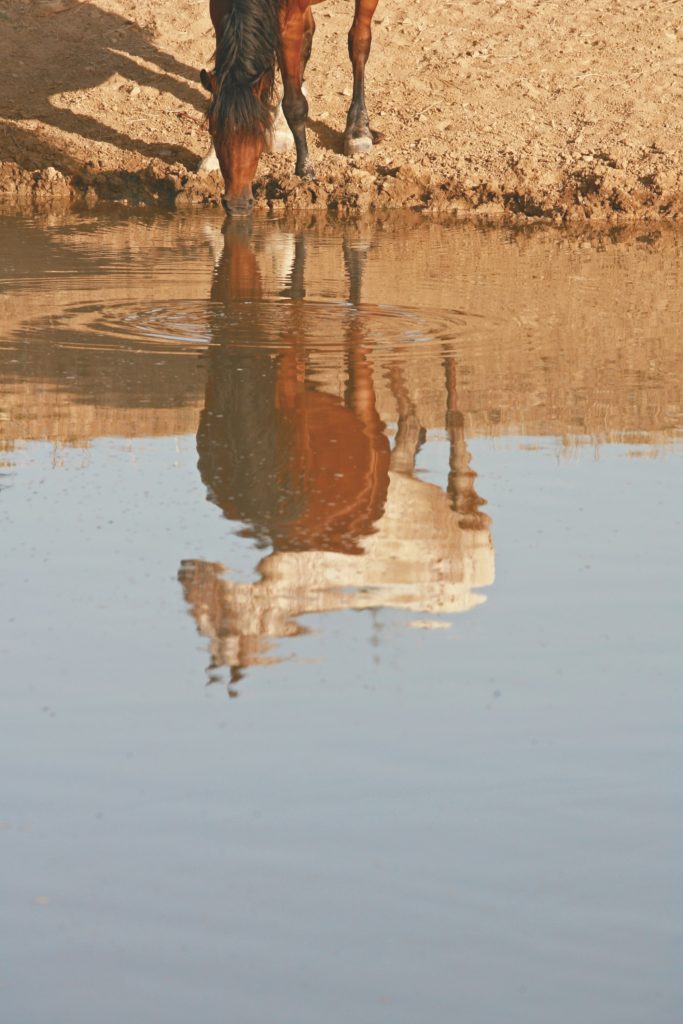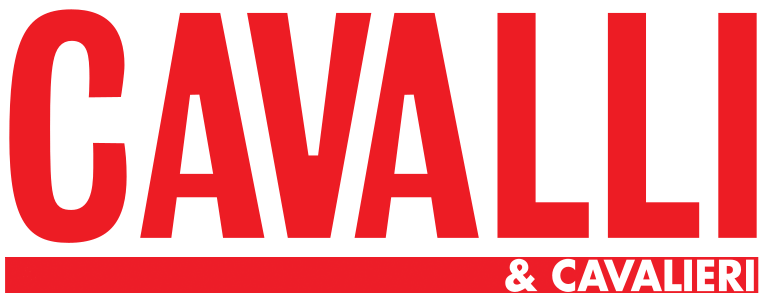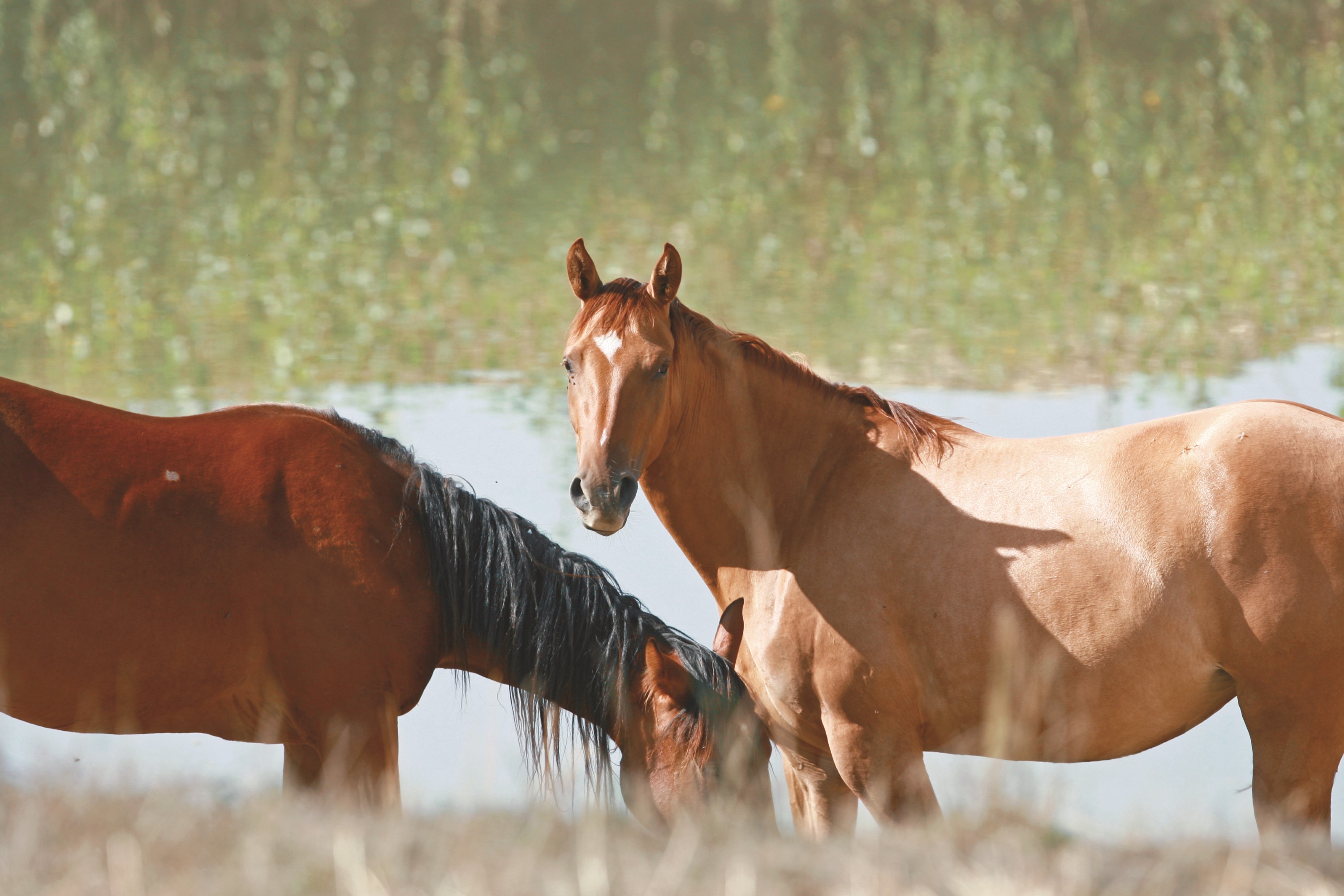PRECIOUS WATER
Do we know how and how much our horse drinks?
Dott.ssa Emanuela Valle – Dip. Scienze Veterinarie, Università di Torino
EBVS® European Specialist in Veterinary and Comparative Nutrition
There are 420 litres of liquid in the body of a horse weighing 600 kg, including metabolic water, intra and extra cellular, the water from the plasmatic volume and that of the intestines. Water is the substance in which all the organism’s reactions occur: thanks to this, metabolic information, nutrients, toxins and so on are exchanged. Furthermore, the body temperature is regulated thanks to water lost through sweat. In spite of all this we often attribute little importance to how much water is drunk by our horse, which is also an athlete. Athletes must in fact be correctly hydrated so as to compete. Do we know how much our horse has had to drink today and do we notice when it has not had enough?
The balance of water
A horse weighing 600 kg that does not work and live in an environment where there is an ideal temperature, unintentionally eliminates about 30 litres of water a day as follows:
• 6 litres in its faeces (it produces about 30kg a day and on average they contain 80% of water).
• 12 litres of urine (2% of the horse’s weight).
• 10 litres of invisible water, that includes the involuntary elimination of water through breathing and the skin.
These calculations correspond more or less to the minimum need for water defined as ‘maintenance requirement’ which is the same for all horses amounting to 5 litres for every 100 kg of weight. The need increases, for example, when they exercise as one must add loss through sweat to the hydric balance. This is why the need for water in sport horses amounts to at least 8 litres of water per every 100 kg of weight.
The danger posed by dehydration
Dehydration in sport horses is not such a rare event.
Dehydration in sport horses is not such a rare event. Leaving aside serious cases sadly easily to identify, since potentially fatal pathologies such as heat stroke or colic appear, there are less serious levels of dehydration that can however compromise the horse’s welfare. Such is the case of horses who do not drink enough, perhaps because they travel excessively, often changing stables and do not follow a suitable diet. If a horse drinks 1 or 2% less than it really needs, it risks light dehydration that is not serious enough to cause problems such as colic, but can certainly have a systemic effect on performance, the horse is not very active and seems listless. So a horse must drink enough according to its needs and to do this must have an ideal availability of water and follow a suitable diet.
Ideal drinking facilities
The manner in which a horse drinks water often seems guaranteed only by the bucket since it allows horses to drink in the most natural way possible. It is not, however, always a practical system. Hence a good water trough must have the following characteristics:
It must be large: the horse must be able to immerse its nose comfortably so it must be at least 25 cm wide. A small one does not encourage trust in a horse or encourage it to put its face close to it. So no thanks to those classic cast iron ones all too often sold for stables used for cows.
Deep: When a horse drinks it only just opens its lips and slightly curls its tongue to form a powerful and efficient drinking mechanism. The trough must contain at least 3 litres of water. No to drinking troughs that are not deep or even worse are flat.
Have adequate pressure: considering that the drinking speed of an adult horse is about 3.4 – 7 litres a minute, water must be available within this range. If supply is less than 3 litres then the horse drinks less. Equally, if supply amounts to over 10 litres a minute, the water tends to have excessive pressure and the splashing and spraying annoys the horse.
Adequate height: the drinking trough must not be placed too high. Small horses and ponies often find drinking troughs too high and cannot manage to have a correct head/neck angle consequently drinking less. The ideal height should be that of the horse’s chest.
Soft tabs: pressure water troughs must be easily pushed down by the horse’s face.
Heated: drinking troughs must always provide water at a temperature of over 10 degrees because only in this way is water constantly available in cold weather. Nowadays there are cheap heating that allow water to be heated at ideal temperatures throughout the stables.
Did you know that…
A 500 kg horse needs…
• 25 litres of water a day when at rest (5 L/ 100 kg of weight is the amount of water needed by an adult horse at rest in an environment with an ideal temperature).
• 40 litres of water a day if on average training (8 L/kg 100 kg of weight is the water needed by an adult horse training in ideal climate conditions).
• 50 litres of water a day for every day spent competing (10 L/kg 100 kg of weight is the amount of water needed by an adult horse when working intensely competing in hot climates).
Values change according to environmental temperature, sweat produces and diet eaten.
Horses need tepid and not cold water, over 10 degrees.
How to get your horse to drink more
• Provide salt: horses only drink when they have enough salt since salt stimulates thirst. So one should always add salt to their diet (2 spoons a day are enough for most horses).
• Wet their food: in nature horses live off a diet rich in water, while what they eat in stables is a dry diet. always wetting the hay and the feed helps a great deal.





